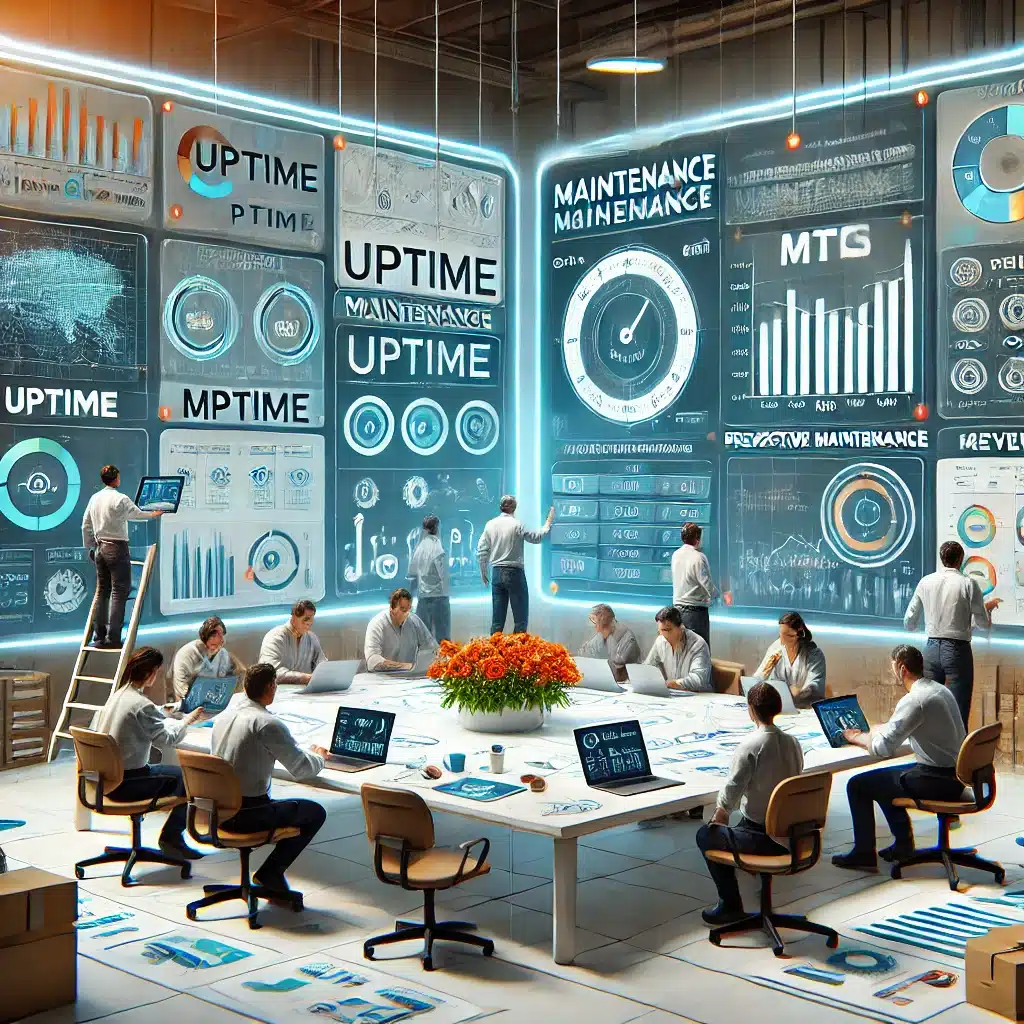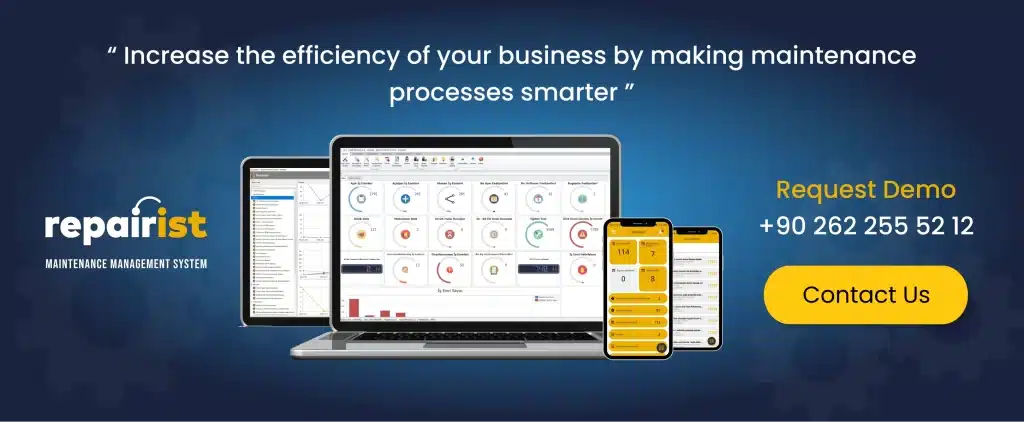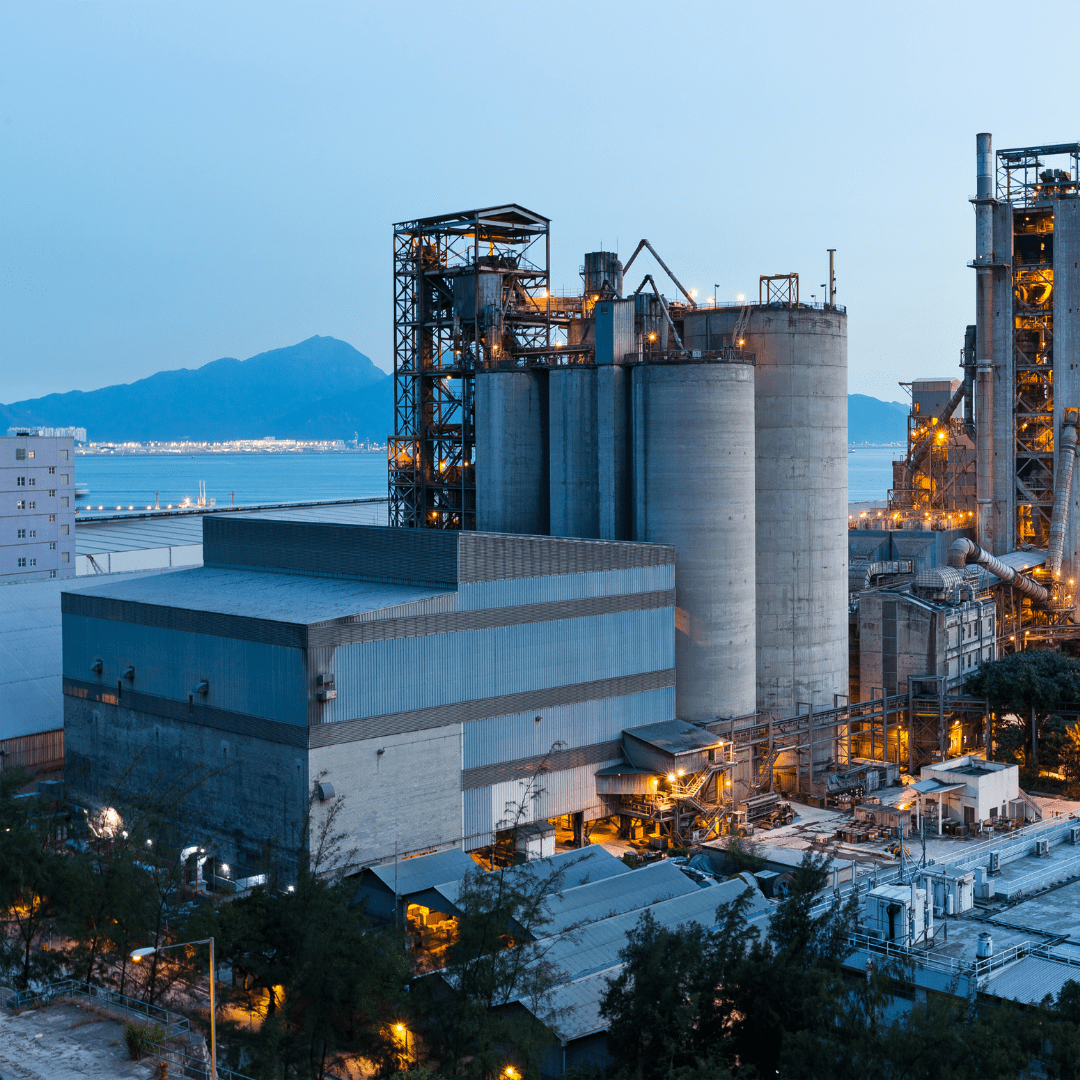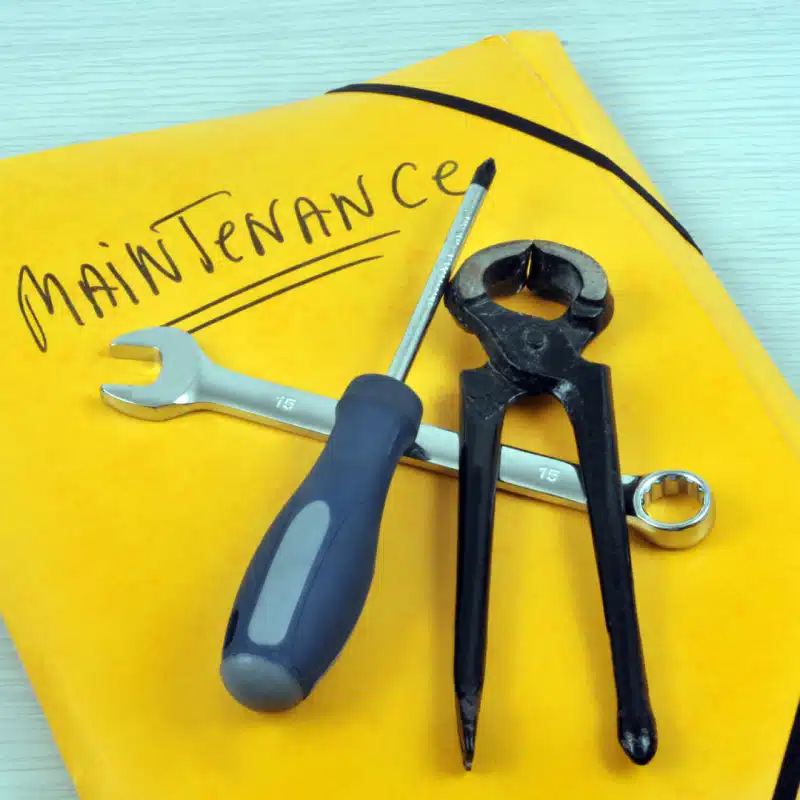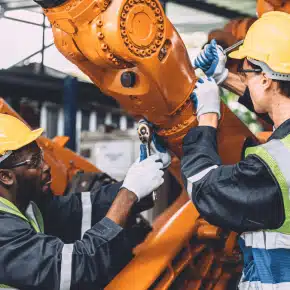The Obeya methodology, originating in lean manufacturing, is a project management framework used to enhance collaboration, transparency, and strategic planning. Obeya, meaning “big room” in Japanese, is a space where cross-functional teams gather to solve problems, make decisions, and align on priorities through visualized data and goal setting. When applied to maintenance, this methodology offers significant benefits by enabling efficient, well-coordinated maintenance processes that align with organizational goals.
Key Aspects of Obeya in Maintenance
1. Real-time Problem Solving
In an Obeya room, maintenance teams can analyze real-time data from equipment performance, prioritize urgent maintenance tasks, and quickly address bottlenecks. This collaborative setup allows for prompt action and problem-solving, reducing downtime and ensuring operational continuity.
2. Visual Management
Visual boards display key metrics such as asset health, work orders, KPIs, and maintenance schedules. This transparency fosters a shared understanding among team members, helping maintenance leaders track goals, identify trends, and adjust strategies promptly to prevent breakdowns.
3. Cross-functional Collaboration
Obeya rooms bring together cross-disciplinary team members, including maintenance, engineering, quality, and production staff. This alignment is particularly valuable for complex maintenance tasks requiring input from various experts, as it encourages information sharing and coordinated planning, reducing silos between departments.
4. Strategic Goal Alignment
In a maintenance context, Obeya allows teams to connect maintenance objectives with overall company goals, such as improving asset reliability and reducing costs. By regularly reviewing performance data and aligning on action plans, teams can prioritize tasks that add the most value to the business.
5.Enhanced Problem-solving and Continuous Improvement
The iterative nature of the Obeya approach supports continuous improvement, a key principle in maintenance management. Teams review recent outcomes, identify root causes of issues, and make data-driven adjustments, fostering a proactive maintenance environment.
Expanding on the Obeya methodology in a maintenance context, this framework enhances not only the strategic planning and execution of maintenance tasks but also improves the overall organizational culture around asset management and operational efficiency.
Practical Steps to Implement Obeya in Maintenance
1.Design a Physical or Digital Obeya Space: The ideal Obeya space is equipped with visual boards displaying critical maintenance KPIs, such as equipment uptime, mean time to repair (MTTR), mean time between failures (MTBF), and compliance rates for preventive maintenance schedules. With digital tools, an Obeya “room” can be set up virtually within a CMMS platform, allowing real-time data sharing across teams. This setup reduces physical space needs and ensures accessibility for remote teams.
2.Regular, Structured Meetings: Maintenance teams, often divided by specialization (e.g., electrical, mechanical, quality), can use the Obeya framework to hold structured meetings for updates and decision-making. Teams can meet weekly or bi-weekly in the Obeya room to review performance against goals, update schedules, and address any pressing issues that might affect production or asset availability. Such regularity fosters a habit of continuous monitoring and prompt action.
3.Data-Driven Decision Making: Using real-time data on equipment status and historical trends, teams can employ the Obeya methodology to make informed decisions. For instance, predictive maintenance data can reveal impending failures, which allows teams to plan and prioritize preventive actions rather than reacting to unexpected breakdowns. Visual data helps everyone understand the urgency of certain tasks and the potential impact of maintenance delays, making prioritization more objective and impactful.
4. Root Cause Analysis and Continuous Improvement: A core aspect of the Obeya methodology is fostering a culture of continuous improvement. Teams can regularly review maintenance activities to understand recurring issues, perform root cause analysis (such as 5-Whys or Fishbone analysis), and implement preventive solutions. Over time, this approach reduces asset downtime, enhances reliability, and saves costs associated with reactive maintenance.
5.Employee Engagement and Ownership: By involving cross-functional teams in the Obeya room, team members from different areas feel a shared responsibility for the success of maintenance strategies. Engaging staff in decision-making empowers them and promotes a sense of ownership. Maintenance technicians, for example, are encouraged to contribute insights from their daily interactions with equipment, which often results in more practical, grounded solutions.
Benefits of Obeya in Maintenance Management
Enhanced Predictive and Preventive Maintenance: Using visual data and cross-functional collaboration helps identify potential failures before they occur, enabling better predictive maintenance. This minimizes costly reactive maintenance and extends the life cycle of assets.
Improved Resource Allocation: Obeya provides clarity on high-priority tasks, allowing managers to allocate personnel, time, and resources more efficiently. Maintenance planners can schedule tasks based on criticality, resource availability, and operational demands, minimizing disruptions.
Alignment with Lean and TPM Principles: Obeya complements lean practices, especially in environments using Total Productive Maintenance (TPM). Both methodologies prioritize efficient asset management, continuous improvement, and waste reduction. In this way, Obeya and TPM work together to improve equipment effectiveness and reliability.
Challenges and Considerations
Adopting Obeya in maintenance requires some adaptations. For example:
Initial Setup and Training: Both physical and digital Obeya rooms involve initial setup costs, including training employees on how to effectively participate. Providing training on the use of visual management tools and data interpretation is critical to ensure team members can fully leverage the Obeya room.
Ensuring Consistent Engagement: For Obeya to work well, team members must consistently engage with the space and the data it displays. If meetings become infrequent or engagement fades, the value of Obeya in maintaining visibility and promoting problem-solving can diminish.
Cultural Shifts: Implementing Obeya requires a shift towards a more transparent, collaborative culture. In traditionally siloed maintenance departments, this can require a mindset shift, as technicians and managers adapt to the idea of working as part of a cohesive, data-driven team.
The Obeya methodology can transform maintenance operations by fostering a proactive, transparent, and collaborative approach to asset management. By visually centralizing information, integrating cross-functional perspectives, and focusing on continuous improvement, the Obeya room can lead to more effective maintenance strategies, better resource utilization, and a culture focused on reliability and efficiency.
Obeya is particularly powerful when combined with advanced maintenance management tools, such as CMMS or predictive analytics software, which can enrich the data and insights that drive decision-making in the Obeya room.
Have you received sufficient information about “Obeya Methodology in Maintenance“?
repairist is here to help you. We answer your questions about the Maintenance Management System and provide information about the main features and benefits of the software. We help you accessthe repairist demo and even get a free trial.
Aybit Technology Inc.
Frequently Asked Questions (FAQ)
The Obeya methodology is a project management and problem-solving framework used to enhance collaboration, transparency, and alignment on goals. Originating in lean manufacturing, “Obeya” means “big room” in Japanese, where cross-functional teams gather in a dedicated space (either physical or digital) to review progress, solve issues, and make strategic decisions.
In maintenance, Obeya creates a centralized space where teams visualize key data related to asset performance, maintenance schedules, and KPIs. This setup allows for real-time problem-solving, improves communication, and aligns maintenance tasks with broader organizational goals.
Common data visualized include equipment uptime and downtime, mean time to repair (MTTR), mean time between failures (MTBF), preventive maintenance schedules, compliance rates, and work order backlogs. Displaying these metrics promotes transparency and helps teams prioritize actions.

